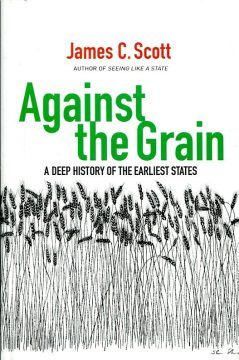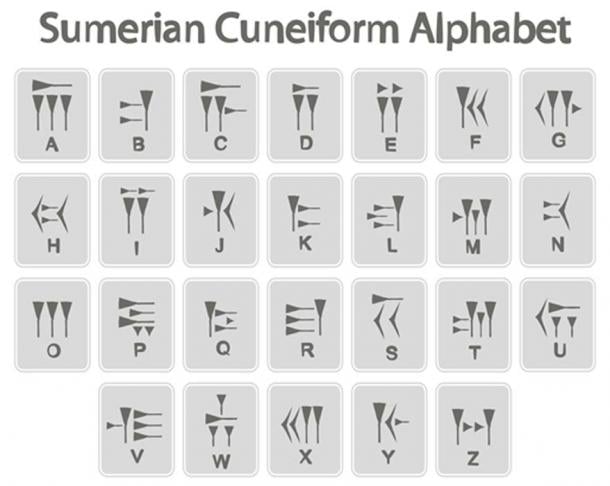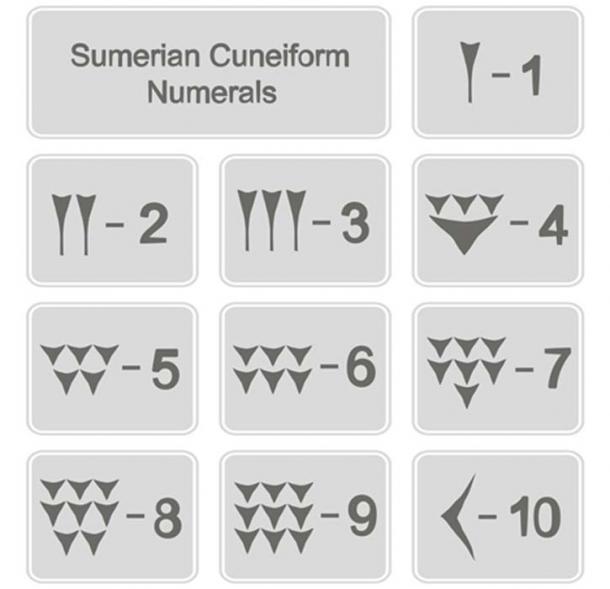posted by S. Abbas Raza in 3 Quarks Daily: Benjamin Hein in Taxis:

Thousands of years ago, hunters tossed aside their spears and began cultivating the fruits of the earth. The arrival of agricultural society, we have long been told, marked a turning point in human history. Cultivating grains generated an abundance of food, liberating our species from its struggle with scarcity and its primitive, nomadic existence. In the first great bread basket societies such as Mesopotamia, Egypt, and Rome, humanity flourished. Well-fed and secure, we began devoting ourselves to the finer things in life, like building pyramids and exploring the universe.
That is an inspiring story about human progress, but also wrong in many ways, argues Yale political scientist James Scott in his latest book Against the Grain: A Deep History of the Earliest States. Contrary to popular belief, nomadism actually persisted for millennia and indeed predominated as the leading form of social organization for most of human history. Only around 1600 CE did grain-based sedentism begin to supersede nomadic forms of subsistence around the world. One of the reasons why this has been forgotten is our skewed reading of the source record. “If you built, monumentally, in stone and left your debris conveniently in a single place, you were likely to be ‘discovered’ and to dominate the pages of ancient history,” writes Scott. But “if you were hunter-gatherers or nomads, however numerous, spreading your biodegradable trash thinly across the landscape, you were likely to vanish entirely from the archaeological record.”
Continue reading
==============================
via Boing Boing by Jason Weisberger
Tish! Would you like to see me blow up three trains?!
==============================
How will artificial intelligence change literature?
via Library Link of the Day: Amber Caron in Boulevard
This story was funded by Longreads Members

Oliver Killig/picture-alliance/dpa/AP Images
In Roald Dahl’s 1953 short story, The Great Automatic Grammatizator, Adolph Knipe, the story’s protagonist, invents a computer that can provide the answer to a math problem in five seconds. His invention is a technical masterpiece, and his boss sends him on a weeklong vacation to celebrate his good work. Knipe, however, doesn’t travel and doesn’t even celebrate. Instead, he takes a bus back to his two-room apartment, pours himself a glass of whiskey, and sits down in front of his typewriter to reread the beginning of his most recent short story: “The night was dark and stormy, the wind whistled in the trees, the rain poured down like cats and dogs.” It’s not a promising beginning, and Knipe knows it. He feels defeated, nothing more than a failed writer, when he’s suddenly “struck by a powerful but simple little truth, and it was this: That English grammar is governed by rules that are almost mathematical in their strictness!” His fate isn’t to write stories, he realises, but to build a machine that can write stories for him.
Dahl’s fiction became a reality in 1973 when Sheldon Klein, a computer scientist at the University of Wisconsin, designed Novel Writer, the first computer program that could generate stories.
Continue reading
==============================
via Interesting Literature
Yesterday, we offered ten poems about womanhood and womankind, written by both men and women. But how have poets tended to approach manhood, masculinity, and what it’s like to be a man? Or how have female poets written about men? Here are ten of the very best poems about men, manliness, masculinity, and related themes.

Rudyard Kipling
Continue reading if only to discover why men are like busses
==============================
via Ancient Origins by Daniel Friedmann

Creation. Source: AGPhotography / Adobe Stock.
For most of our history, scientists have primarily believed that the universe is eternal and unchanging. Aristotle in the fourth century BC asserted that the world is without beginning or end. But this view was not without direct opponents who believed the universe had a beginning.
Aristotle’s works were largely lost for about seven centuries, beginning to resurface in the thirteenth century. The eternity view then largely dominated science until the early nineteenth century.
Continue reading
==============================
posted by Morgan Meis to 3 Quarks Daily: Cody Delistraty at The Paris Review:

FRA ANGELICO, THE CRUCIFIXION WITH SAINTS, 1441
In the summer of 1873, Henry James visited a former monastery on Piazza San Marco in Florence. Surrounded by a scattering of low-slung, washed-out government buildings and conical Tuscan cypresses, the church and convent were in what is still the city’s center. When James first entered the convent, he saw Fra Angelico’s The Crucifixion with Saints in the chapter room. A brightly coloured, semicircle fresco about thirty feet wide, Crucifixion depicts Christ and the two thieves on either side of him, nailed to their crosses, as saints and witnesses grieve below. “I looked long,” James wrote. “One can hardly do otherwise.” As the author moved throughout what had then just become a museum, he felt a spiritual urge, even though he had rejected his Christian upbringing. “You may be as little of a formal Christian as Fra Angelico was much of one,” he wrote in Italian Hours. “You yet feel admonished by spiritual decency to let so yearning a view of the Christian story work its utmost will on you.” Even Angelico’s colours, he added, seem divinely infinite, “dissolved in tears that drop and drop, however softly, through all time.”
Continue reading and see more stunning images of Angelico’s work
==============================
Interactive website offers access to real-time ocean data from off the Oregon coast
via ResearchBuzz Firehose: Elizabeth Sharpe in the UW [University of Washington] Information Technology blog

In her introductory oceanography class, Cheryl Greengrove’s undergraduate students learn how one of the most critical forces of nature – upwelling – ties the rotation of the Earth, weather patterns and climate to what is happening in the ocean.
Now, with a new Interactiveoceans website launched in June, her students will be able to apply what they learn in a textbook to what’s actually happening in the ocean. They will be able to explore real-time data to evaluate whether upwelling is happening off the Oregon coast– when the wind blows parallel to the coast, forcing the deeper water up to replace the water being pushed off shore – using data on wind direction, oxygen, nitrate and chlorophyll levels, water temperature and salinity. Even more, the data can help the students better understand one of the most biologically productive areas of the ocean.
Continue reading
==============================
via Interesting Literature
Previously, we’ve offered our pick of the best morning poems, evening poems, and night poems. What does that leave? Well, afternoon poems, for one! Below are ten of the finest poems for afternoon, poems about the afternoon, or poems which might, for one reason or another, be described as ‘afternoon poems’. Enjoy.
Continue reading
==============================
via Boing Boing by David Pescovitz
"That's a UFO! The flying saucer" (これがUFOだ! 空飛ぶ円盤) is a Japanese "documentary" about unidentified flying objects. It was first screened in 1975 at the annual Toei Anime Festival hosted by the famed Toei Animation studio, creators of Sailor Moon and Dragon Ball. The short film features classic UFO encounters like the Betty Barney Hill abduction case of 1961 and the 1948 story of Kentucky Air National Guard pilot Captain Thomas F. Mantel whose plane crashed while he chased a UFO.
(r/ObscureMedia)
==============================
via Ancient Origins by Wu Mingren
The Sumerian language was developed in ancient Mesopotamia and is the oldest known written language. This language was written in a script known as cuneiform, which was later adapted by other languages that emerged in Mesopotamia and its neighbouring regions, including Akkadian, Elamite, and Hittite.
In the modern world, paper (and various electronic devices) is the medium on which writing is made. The Sumerians, however, did not invent paper and used a different medium for their cuneiform script. Documents and text were inscribed by the Sumerians on clay tablets, which has the advantage of greater durability than paper. One of the consequences of this is that a large number of Sumerian clay tablets have survived over the millennia and have been unearthed by archaeologists. Once the Sumerian language was deciphered, much information could be obtained from these tablets.

Sumerian cuneiform alphabet found on Sumerian tablets. ( drutska / Adobe)

Sumerian cuneiform numbers found on Sumerian tablets. ( drutska / Adobe)
Continue reading
No comments:
Post a Comment